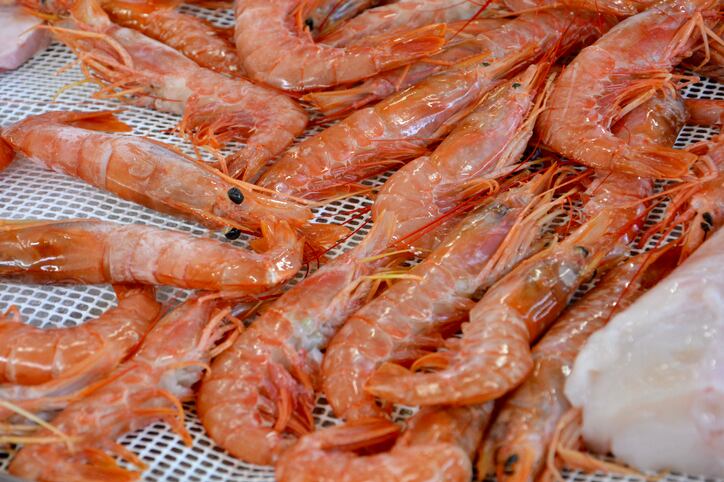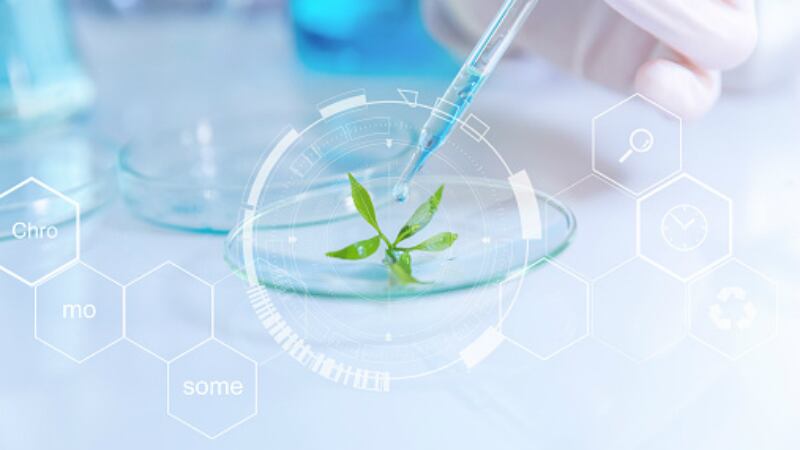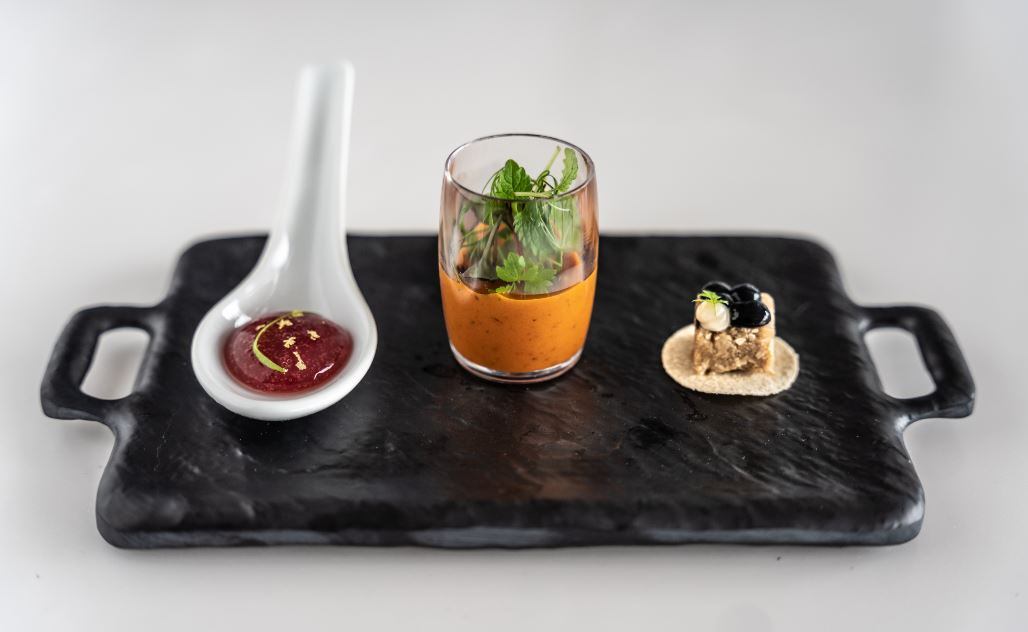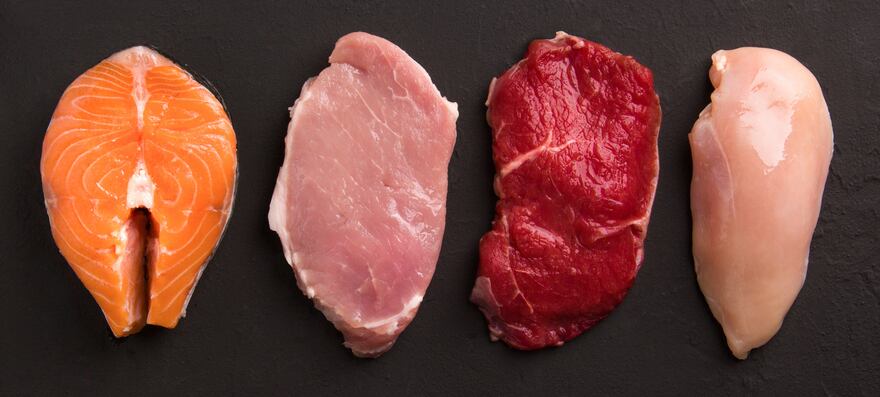While South East Asia's agri-food sector remains resilient in the face of the pandemic, its lingering impact has left a mixed outlook for the sector, with Indonesia facing the greatest risk to recovery and the Philippines and Thailand also showing critical vulnerabilities in reviving their food industries.
In comparison, Vietnam is relatively well placed to come back from the crisis, according to a report by Oxford Economics, which was commissioned by regional food industry lobbyist Food Industry Asia.
A strong recovery is critical for Vietnam, where more than half of employment is in the agri-food sector—far more than in the other countries assessed in the study. In 2019, the sector contributed US$86bn to the economy, equivalent to 26% of total GDP.
Of course, the country has so far been let off mildly by the pandemic, with no Covid-19 fatalities reported since last September, and the worst weekly death toll claiming just two lives. Nevertheless, it exports to countries that have been hit much worse and its agri-food industry has been ravaged by other viruses including African swine fever and avian influenza.
While other countries in the region have been looking inwards in a bid to stave off the worst of the pandemic, Vietnam has been courting investment.
For instance, it has been seeing a strong flow of investment in shrimp processing as the industry sets out to become the world’s leading producer.
Although the pandemic has caused shrimp exports to stagnate, at least six new processing factories have opened in the last year with a combined total capacity of nearly 100,000 tons. Positive signs from export markets have been driving the recent spate of investment in seafood processing.
Of these, Thuan Phuoc Fisheries and Trading recently completed the An An shrimp processing factory in Tien Giang. Built at a cost of USD17.4 million, it has a daily processing capacity of about 50 tons of finished shrimp and cold storage for 3000 tons.
In addition, Vietnam’s largest shrimp producer, Minh Phu Seafood Corporation, announced earlier this year that it will invest USD43.5 million in two large processing factories in Hau Giang and Ca Mau this year. These will have a combined annual capacity of nearly 50,000 tons.
Minh Phu predicts that Vietnam will become the world’s biggest shrimp producer in the next 25 years, with its industry accounting for a quarter of the global market by 2045, helped by rising demand for shrimp in the European Union and buoyed by the CPTTP regional trade agreement linking countries around the Pacific Rim.
Vietnam’s vital hog industry is also bouncing back after taking a beating from the spread of African swine fever over the last two years. Although the pandemic that has decimated pig populations in China, the Philippines and Vietnam in particular will continue to affect the industry this year, analysts at Rabobank say that Vietnam is on its way to replenishing its hog herd two years.
Rabobank expects the country will see an 8-12% increase in pork output in 2021, while imports decline. It quoted the country’s general statistics office, saying that the country’s inventory for 2020 reached 27.3 million head, which is a 20% growth compared to 2019 – and equalling 87% of the levels the country had prior to the ASF epidemic.
In Vietnam’s third crucially important animal protein sector, poultry, Vietnam’s prime minister was forced to order officials across the country to mobilise last month to counter an avian influenza epidemic that has forced over 100,000 birds to be culled this year. Still, this has not dented investment in the country’s poultry industry.
Global feed major De Heus is part of a consortium that recently invested in a complex that produces fully traceable chicken for the domestic market and export, including a hatchery for 1 million day old chicks per week, two parent stock farms with a total capacity of 25 million eggs per year.
The massive project will also feature 250 broiler farms that produce 25 million broilers annually and a food processing factory.
Meanwhile, Thaifoods will vertically integrate its chicken business in Vietnam with a US$23m investment in breeding farms and a hatchery for up to 800,000 chicks per week next year. It also has plans for a slaughterhouse and feedmill.
Vietnamese pork integrator Masan Meatlife moved into poultry production earlier this year by acquiring a 51% stake in local integrator 3F Viet, worth US$ 26.3m, so that each company can boost its capacity across both proteins.
According to the Oxford Economics study, Vietnam has seen agri-food growth in the last year of 4%, whereas the sector in Thailand and the Philippines shrank, while Indonesia saw growth, but at half the level of Vietnam’s. But no country can rest on its laurels in the current, fast-changing environment.
“While the food supply chain remained relatively robust in 2020, new and unforeseen variants of the coronavirus could have different impacts on logistics and prices in the months ahead,” it warned.
“The sector is also braced for an inevitable crunch in food and beverage demand in 2021,” it added.




